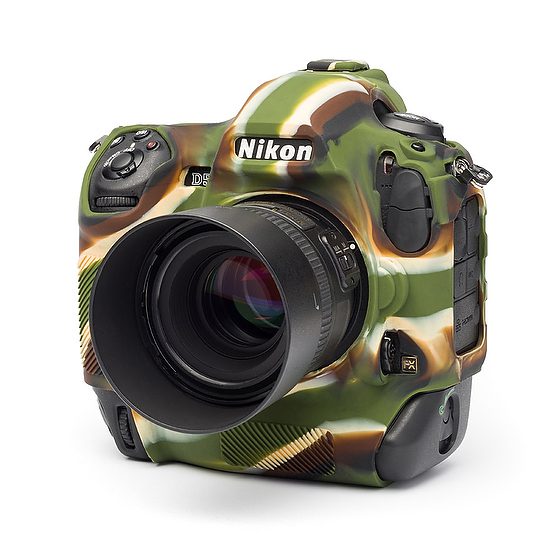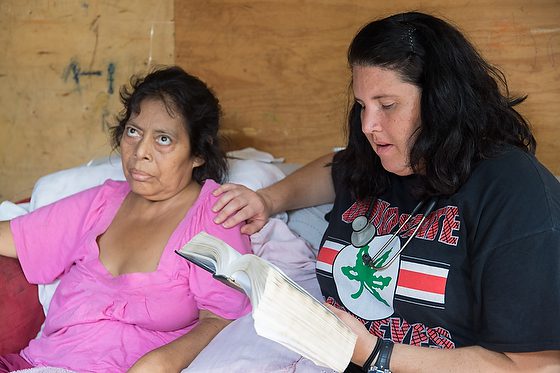| Nikon D5, Sigma 35mm ƒ/1.4 DG Art, ISO 1400, ƒ/1.4, 1/200 |
I enjoy meeting people, and finding children around the world captures my attention the most. I think it is because of their curiosity that I get a response when I smile.
My two favorite lenses to capture these emotional connections are the Nikon 85mm ƒ/1.8G and the Sigma 35mm ƒ/1.4 DG Art. Since both are high-speed lenses of wide open apertures of ƒ/1.4 and ƒ/1.8, you can capture just the person and especially the eyes and let everything else go out of focus.
My mentor Don Rutledge is the one I often heard referring to the power of the eyes. He said these with the “Windows to the Soul.”
I have learned through the years that the angle from which you photograph a person can significantly impact what you are saying and determine how much of an “emotional connection” you can make with the subject and the audience.
I blogged about the topic earlier. Here is that blog post.
While I commented in that blog post that seeing eye-to-eye isn’t always best, I tend to look for this when trying to connect the audience to the subject as their equal.
Now getting eye level with a smile is always expressive; it isn’t the only facial expression that connects with the audience.
Also, it is essential to mention that the eyes that do most of the smiling in those photos show the joy of seeing you.
Now while this little boy isn’t sure of me with that expression, the expression does capture the child’s innocence. I can see in the face the question of who are you and can I trust you?
The other thing that happens when people look at you without a big smile is there appears to be a silent dialogue going on with the audience. I think this type of expression is relatively abstract. It makes the audience want to fill in the conversation.
To me, a photographer’s demeanor helps to elicit responses from people. I know this because I don’t speak their language in a cross-cultural situation like this in Togo, West Africa. So all I am doing is using body language and facial expressions to get reactions to me from people.
I felt welcomed by these guys as they drove closer to me down this dirt road.
How can’t the most demanding person be melted by this little girl’s presence and expression?
Hey, the smile will always get a great reaction, but remember your audience, and you need more to your life than just one emotion. Learn to explore your subject. Don’t be afraid of those uncomfortable expressions as well.
Often the beginning of the relationship with a subject may start like this before I can build the trust that lets me be able to get behind those off-putting expressions.
I have one tip that should help you get better emotional connection photos. Be vulnerable with yourself and open with the subjects. Take your time and remember that you must first learn to serve your issue with your willingness to give rather than take.
The only way I know to express this is I think of this as giving a hug with your eyes. Like you would do with a newborn child, be expressive and show the excitement of being in their presence.
If you are patient, kind, and a loving person to others, then the odds of you capturing the “Decisive Moment” where there is an “Emotional Connection” is possible.






































































